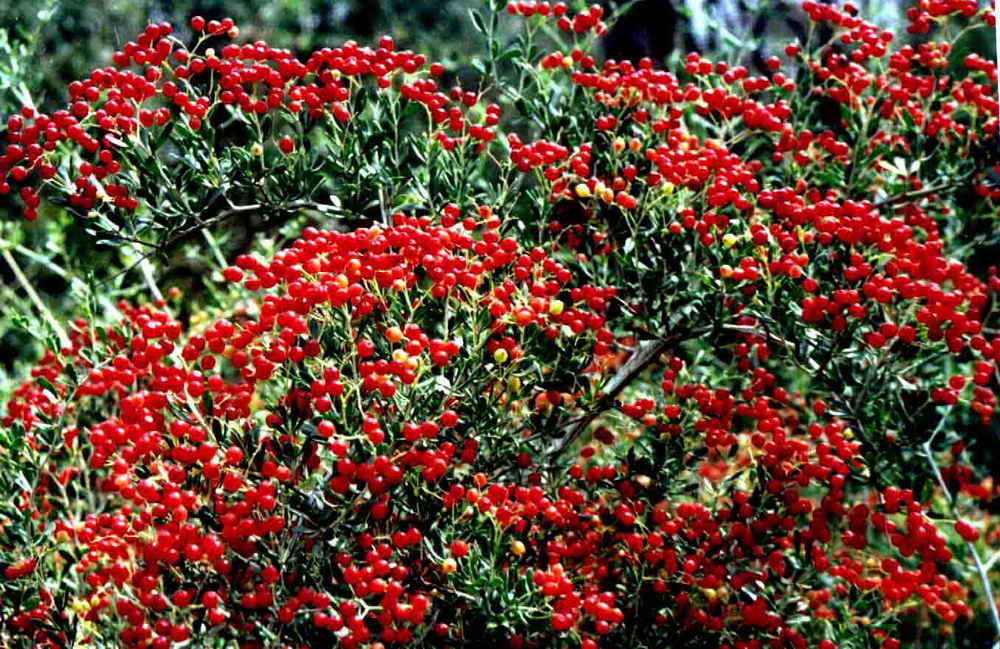INCI name: | Hippophae rhamnoides L |
Part used: | Fruit |
Extraction method: | Low temperature CO2 extraction andhigh-speed centrifugal separation |
CAS No.: | N/A |
Origin: | China |
Appearance : | Palm red uniform oily liquid |
Odour: | characteristics of sea buckthorn fruit oil smell, and taste |
Relative Density(20℃): | 0.9000~0.9500 |
Refractive index(20℃): | 1.4500~1.4800 |
Acid value (mgKOH/g): | ≤1.0 |
Moisture and volatile matter (%): | ≤0.1 |
Soap change value: | 130~200 |
The main fatty acid composition (%): | Gamma linolenic acid (C18:3): 23.0~31.0 |
The oil acid (C18:2):30.0~38.0 | |
Oil acid (C18:1):15.0~25.0 |
Hippophae rhamnoides (common sea-buckthorn) is a species of flowering plant in the family Elaeagnaceae, native to fixed dunes and sea cliffs in Europe and Asia. It is a spiny deciduous shrub. The plant is the regional flora of the Finnish region of Satakunta. H. rhamnoides can grow 2–4m (7–13 ft) high. The leaves are alternate, narrow and lanceolate, with silvery-green upper faces. It isdioecious, which means that the male and female flowers grow on different shrubs. The male inflorescence is built up of four to six flowers without petals. The female inflorescence consists normally of only one flower without petals and contains one ovary and one ovule. Male plants need to be planted near the female plants to allow fertilisation and fruit production. The oval or lightly roundish fruits grow in compact grapes varying from pale yellow to dark orange and weighing from 0.2 g to 1g. The plant has a very developed root system that can maintain the soil on high slopes. |  |